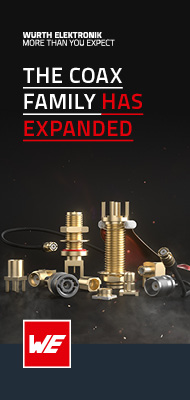
© Elmatica
General |
IPC 2581: When a standard is not enough
Let`s talk about the IPC-2581 standard. A noble effort to fix a lot of what has gone wrong in the exchange of data, in the electronics industry over the last 40 years. Lots of brains, time and effort has been poured into 2581 – so why is it not a huge success?
And before you say that it actually is a success, let me give you an example of the adoption of the format: Of the approximately 15K boards we get to quote on in Elmatica each year, only a handful is sent us in the 2581 format. Tragically, we convert those to the old Gerber-format to be able to get them further down the supply chain.
Let’s start with what IPC 2581 is trying to fix
A printed circuit board is exchanged throughout the supply chain (from designer to manufacturer), by a set of files packed together. The files describes the circuits, the board itself and a whole lot of other details. The format that became the de facto standard for this back in the days was “Gerber”. Being an old format, it rapidly became clear that a lot of the information needed to actually make the board manufacturable wasn’t defined in the format. This was solved by adding information to documents and supply them together with the Gerber. But the necessary extra information didn’t have any structured format or use a defined set of terms, so everybody solved their problem by explaining it with their own words in their own language. The result is a supply chain with a lot of manual labour trying to decipher.
How IPC 2581 wants to fix this is simple:
- Lets create a format that contains everything needed
- Make sure that there is a living community that revises the format to include new stuff





